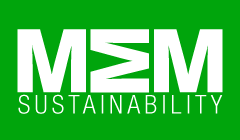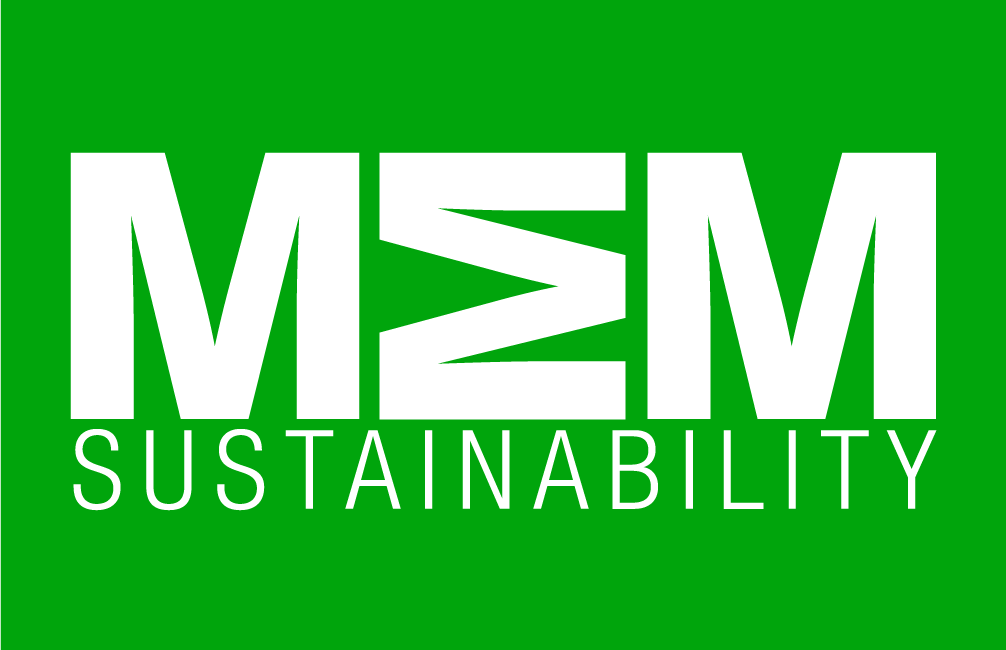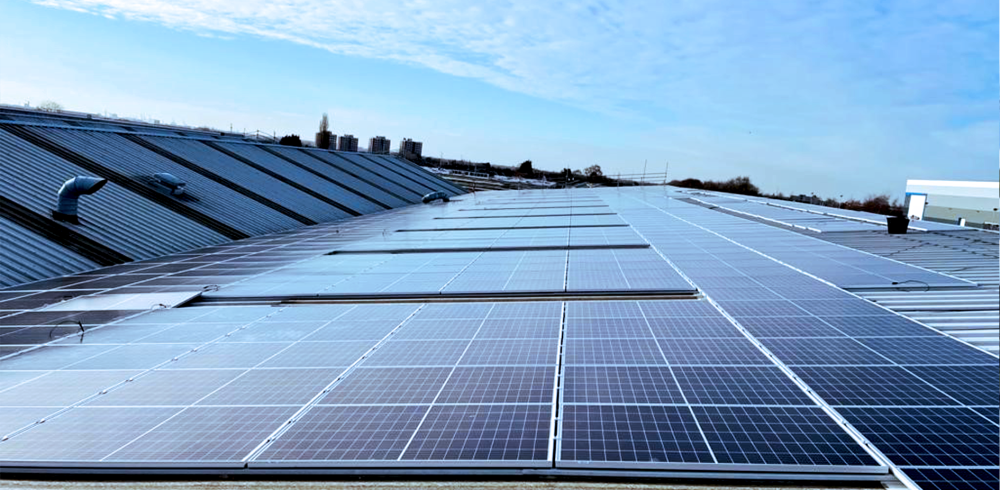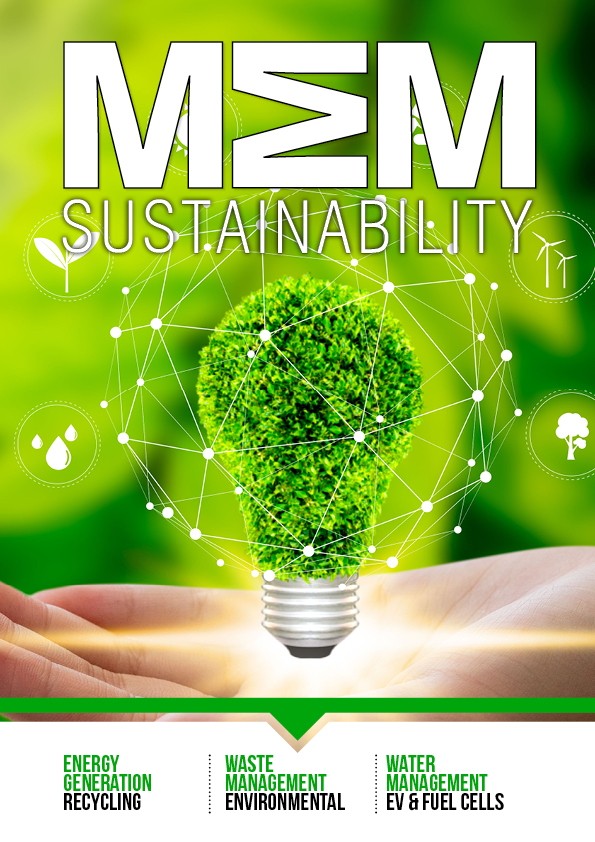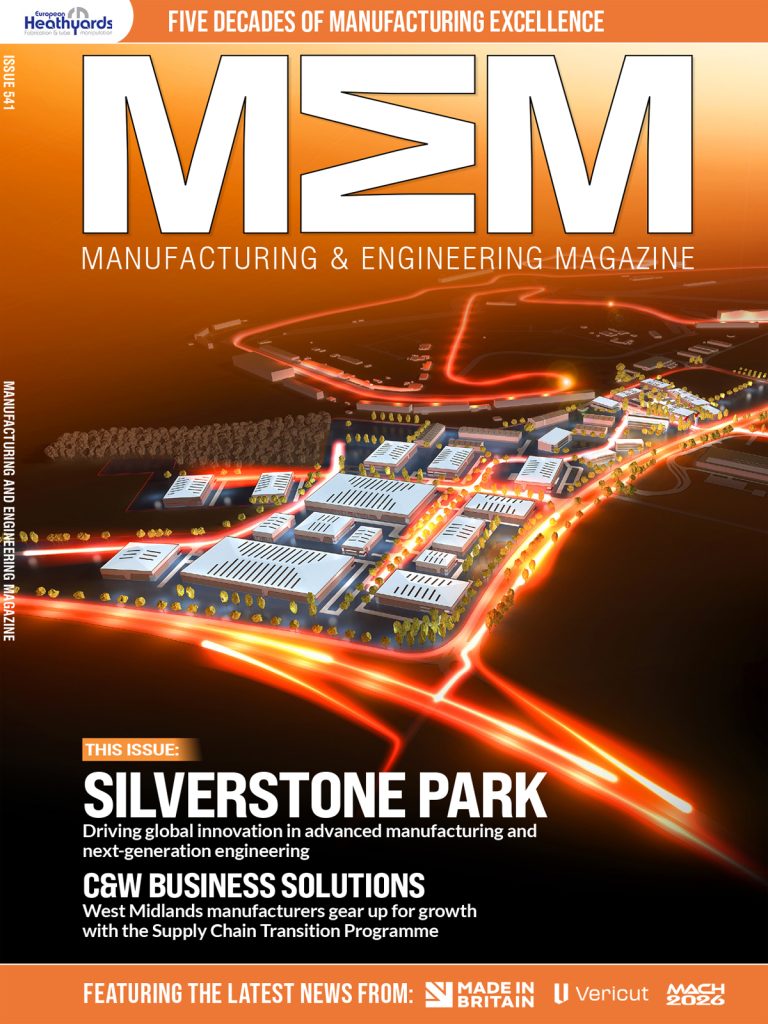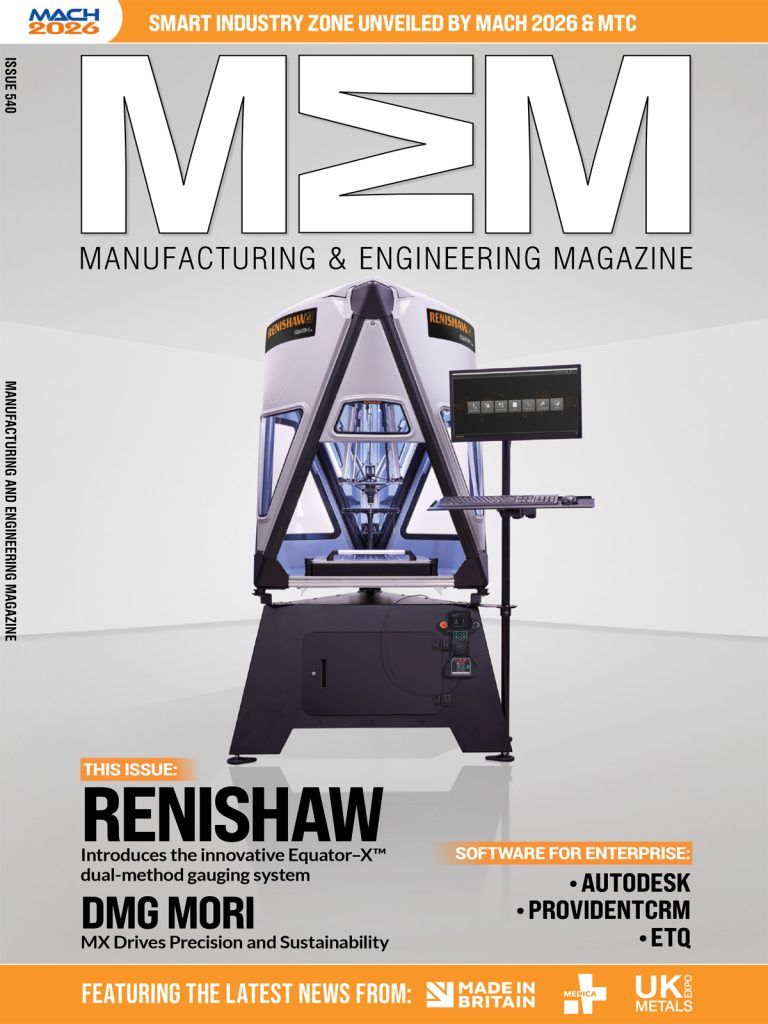For many small and medium-sized manufacturers, the ambition to achieve net zero can feel daunting, or an expensive investment reserved for larger corporations with deeper pockets.
Yet the reality is that when done strategically, decarbonisation can improve efficiency, cut costs and enhance competitiveness – all through sustainable investment.
James Cunningham, Managing Director of Geo Green Power, explains how a phased, data-driven approach can deliver real impact on a realistic budget.
Start with insight
The first, and often most valuable, step towards net zero is understanding exactly where and how energy is consumed, and where solar power could make the biggest impact.
A professional solar-focused survey goes beyond simply measuring your current electricity use. It can assess roof and external space and assess the best location for the layout of panels, highlight periods of peak solar potential, and uncover equipment or operational habits that could be adjusted to better match solar generation.
“These insights allow you to design a solar system that’s not just technically feasible, but financially optimised for efficiency and reduced operation costs,” says Cunningham. “By understanding your load profile and site potential, you can size your system correctly and ensure every kilowatt generated is put to work.”
Even small changes, like shifting certain energy-intensive processes to daylight hours or integrating battery storage, can significantly increase the value of your solar investment. In many cases, early efficiency gains from operational tweaks can free up budget to accelerate the move to renewable generation.
Rethinking capital with creative finance
Large-scale renewable projects, such as rooftop solar, are proven to reduce carbon footprints and protect against volatile energy prices. But for some firms, upfront capital costs can be a genuine barrier.
That’s where Power Purchase Agreements (PPAs) and solar leasing come in. Under a PPA, a third party funds, installs and maintains the solar system, while the business buys the electricity at a fixed rate, typically lower than the grid price. This means manufacturers can benefit from clean energy from day one, without the burden of capital expenditure.
“PPAs offer a simple and effective route to solar without the financial commitment of traditional investment,” explains Cunningham. “They give manufacturers predictable, stable energy costs and shield them from market volatility.”
For multi-site manufacturers, PPAs are particularly attractive. They enable businesses to trial solar at one location, prove the cost savings, and then scale up gradually across their estate, all while maintaining cash flow.
“We’re increasingly working with manufacturers who roll out solar in phases,” Cunningham adds. “PPAs let them start small and expand without significant financial risk.”
And with many manufacturing sites offering vast, unused roof space, large-scale commercial solar isn’t just about savings; it can generate revenue by selling surplus energy back to the grid.
Smarter storage, smarter savings
Advances in battery storage mean businesses can store excess solar energy for use during peak demand, avoid costly threshold tariffs, and further boost income by selling saved energy back to the grid.
“Some of our commercial installs now pair solar with batteries,” Cunningham explains. “It maximises the use of self-generated energy, reduces exposure to price spikes and adds resilience by providing backup power.”
New technologies, including high-density battery cells and solid-state batteries, promise even greater storage within smaller footprints, making energy independence more viable for space-constrained sites.
Small steps, big impact
It’s easy to assume that achieving net zero requires multi-million-pound investments. In reality, the most successful strategies are often phased. Businesses can begin with operational improvements and maintenance, then targeted equipment upgrades, and finally, on-site renewable generation and storage.
This staged approach keeps costs predictable, builds internal buy-in and ensures each step delivers measurable savings. Over time, it doesn’t just lower emissions, it transforms the bottom line.
Technological advances have accelerated this process. Today’s solar panels, for example, are up to 25 times more efficient than earlier models. “Higher panel efficiency means businesses can get more output from the same footprint,” says Cunningham. “That makes installations quicker, cheaper and suitable for more properties.”
These improvements, combined with economies of scale, have driven the cost of solar down by almost 90% over the past decade (Our World in Data, 2024). As a result, smaller manufacturers can adopt renewables more affordably than ever.
A net benefit, not a net burden
For smaller manufacturers, decarbonisation doesn’t have to be a drain on resources. With the right mix of insight, innovative financing and smart technology, the journey to net zero becomes a catalyst for operational efficiency, resilience and long-term growth.
“At its best, net zero isn’t about net cost,” says Cunningham. “It’s about creating lasting value for your business, your customers and the wider community.”
For support in helping your manufacturing business reach net zero, visit: https://www.geogreenpower.com/solar-panels/commercial/

Manufacturing & Engineering Magazine | The Home of Manufacturing Industry News
